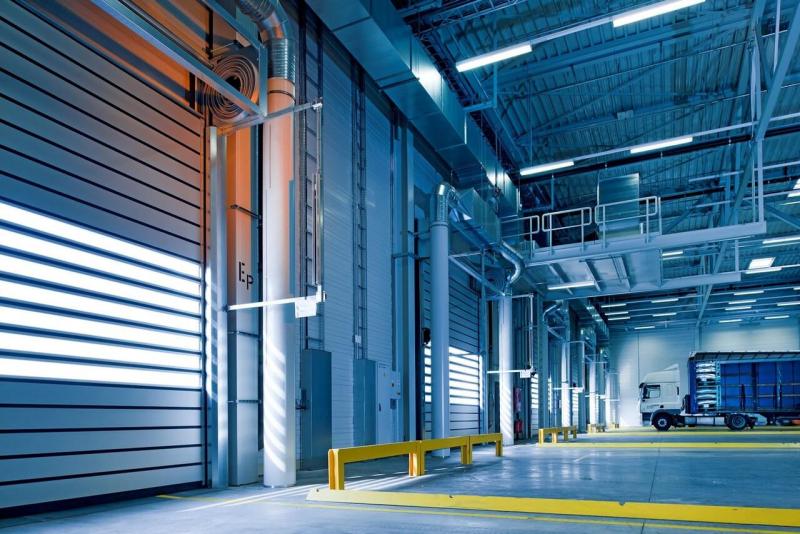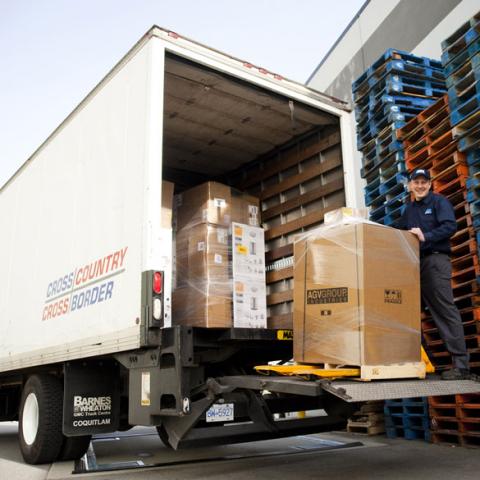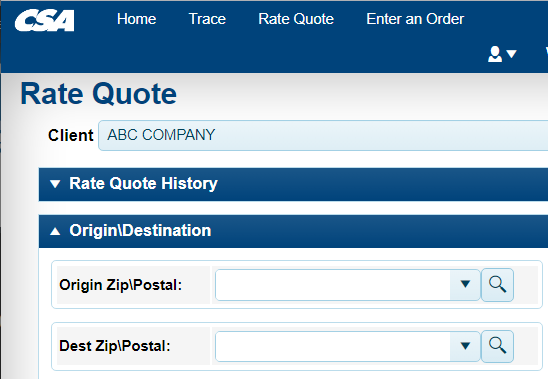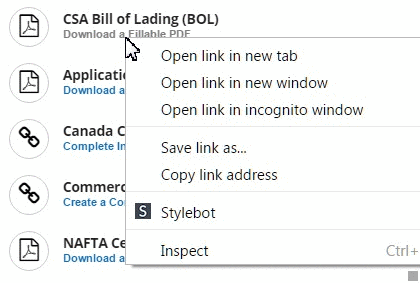What are NMFC Codes?
If, like most people, you are busy doing what you do best, running a successful business, involving a lot of toll, sweat and blood to achieve what you have. Having a portfolio of happy, satisfied customers is your reward. Sometimes though, getting into the bureaucratic nitty-gritty of supplying your end product to the keen client, can be more complicated than the task of running your business and the day to day sweat.
With intrinsic legislation and complicated regulations never far from your mind it can become a tad overwhelming! One such “stone in your shoe” in getting goods to clients is getting to grips with the NMFC codes for freight classification.
What is an NMFC code?
The National Motor Freight Traffic Association (NMFTA) designed a freight classification system for all types of goods. It was established as a way to standardize the cost of freight transport so that there would be a transparent, if somewhat complicated, classification code for all products.
All commodities were divided into 18 freight classes and are allocated an NMFC number between 50 and 500, (Class 50 = High Density = Low value = low cost whereas Class 500 = Low density = High value = High cost)
It was created so that carriers could use the NMFC classifications as a fair and standardized way when quoting shipping rates for customers.
How are products classified?
The system of NMFC classification codes is based on the following four transportation features:
Density – this is defined as the space a commodity occupies (in relation to its weight per cubic foot)
Freight Stowability – for example hazardous goods are obviously more difficult to store than non-hazardous items and will therefore be given a higher freight class.
Liability – if the value of the goods being shipped is particularly high, or if the goods are perishable or easily damaged these too will be subject to higher NMFC Codes for freight class.
Ease of Handling – again hazardous goods or goods with an unusual shape or weight will need specialized handling therefore increasing the freight class.
It is very important that an accurate NMFC code is applied to each item to avoid overpayment and unexpected, expensive adjustments due to mis-coding, which can lead to delays in delivery.
When a business meets with unexpected costs, as often happens due to inaccurate NMFC class being applied, it leads to an increase in business operation expenses. Shippers often find themselves in conflict with the coding system with unplanned expenses due to re-classification of their goods and re-weighs which are costly both in economic terms and customer satisfaction terms. Re-classification means costs and delays for everyone – not just the supplier.
You might wonder how shippers can get their NMFC wrong if they are used to dealing with this all the time – however the answer is quite straightforward. Firstly, many shippers specialize in certain commodities and therefore when a new product arrives their way, they might not lookup the NMFC Code book or they may inadvertently apply the wrong code to push paperwork through as expeditiously as possible. Another, not to be underestimated factor, is the cost of the NMFC book for non-participants – at almost $300 not everyone feel they can justify the expense, it may seem like a lame excuse but for this reason not everyone has it sitting in their office.
Of course, there are webinars put on by the NMFTA which are very helpful and educational, but not all busy shippers have the time or resources to dedicate to this training method.
If a product has been reclassified and the shipper isn’t aware of it, as sometimes happens, they might carry on classifying that product with the old code until additional fees are requested by which time excuses are no good and that extra money has to be paid by the supplier.
Is there any way around the NMFC classification?
Yes - short and simple. Avoiding the headache of unplanned costs and delays is possible. There are two ways: You study the NMFC code book diligently and never ever fall behind on updated codes and reclassification. You know your own freight classes and don’t depend on others to correctly apply them for you. You never take you eye of the NMFC code ball!
The other, and perhaps more hassle-free method, is to hire an LTL freight company like CSA Transportation that doesn’t apply the NMFC classification system to products!
Our straightforward pallet shipping rate pricing method might just see an end to your NMFC item number headache.
Pallet Shipping rate pricing really simplifies the way you ship your goods. The pricing model is clear and you pay a flat rate regardless of what their product is or what classification it comes under. It’s a one-price-fits-all type model where the rate is calculated on a standard standard pallet size (48” L x 40” W x 48” H) and weight. Of course, if your pallet is not the standard size it is simply a matter of recalculating according to the weight and size of your pallet. No more second-guessing complicated NMFC codes for you or your end customer, who will also be happy in the knowledge that a simple, no extras formula is being applied, nor will he be met with surprise charges. This system ensures your customers are happy and will most definitely entice new customers your way due to its simplified and clear pricing structure.
The pallet shipping rate model allows for more transparency, invoicing is accurate, there are no re-classifications at the last minute, no extra costs and gives you the possibility to offer much more competitive rates.
You know what you’re getting for your buck when you use the pallet shipping rate method, and you can easily shop around and compare prices. Sounds like a win-win!





